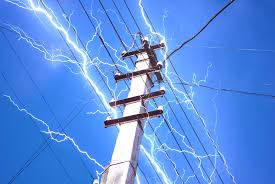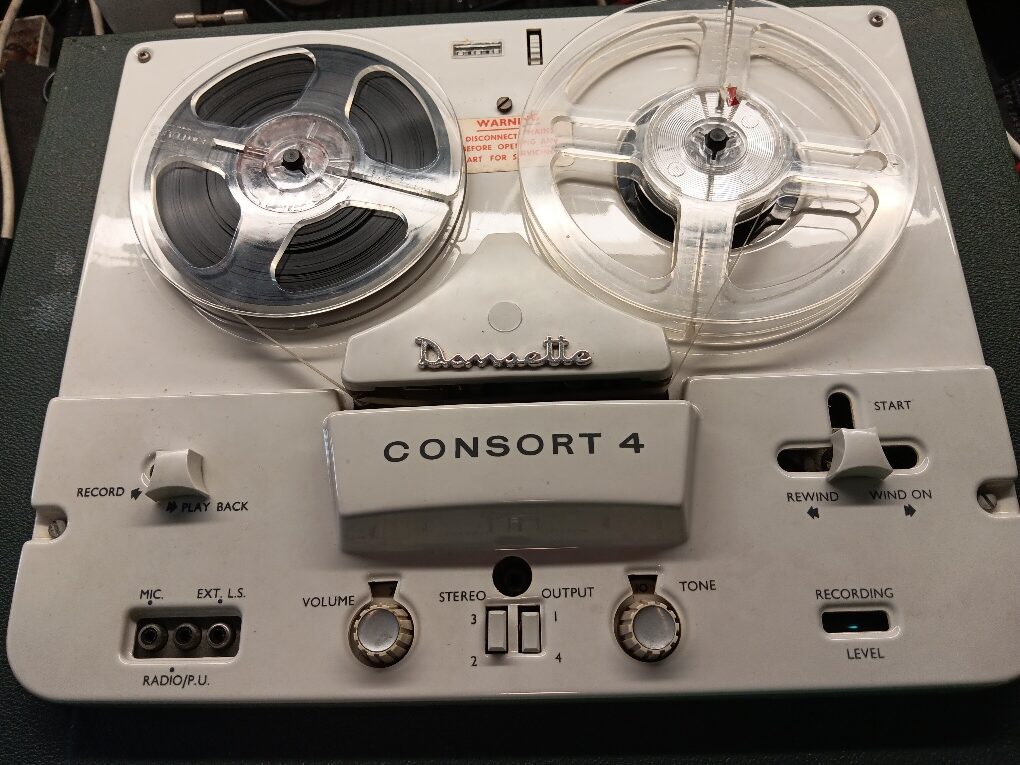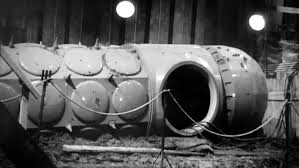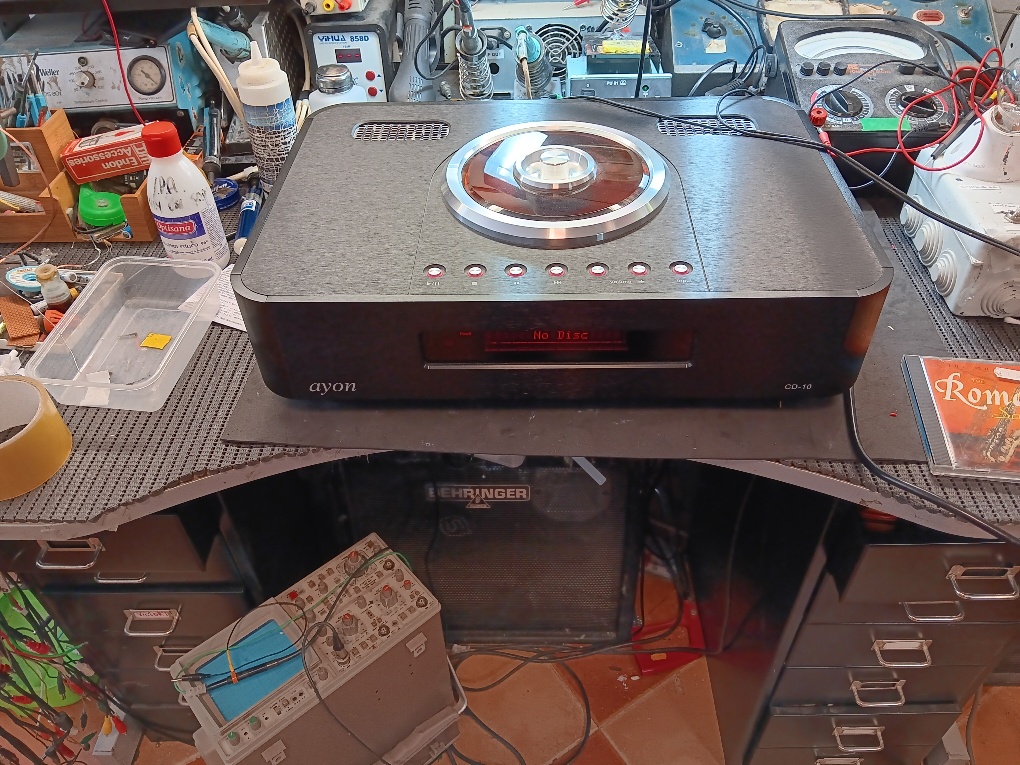
It was on a Monday morning… And out went all the lights.
Song by Flanders and Swan for those too young!
So, the big blackout that robbed Spain and other areas of power for up to 24 hours. What happened? well lots still being discussed, but for my 2 cents worth, here we go.
Spain is at the forefront of solar power generation and becoming heavily reliant on it. Lower down is nuclear, fossil, hydro. Solar is a great thing, but it has an inherent flaw, as its currently stands (no pun).
As with most other countries, Spain’s power is distributed by a grid network, using overhead pylons carrying voltages up to 400,000V, with various solar, renewable and traditional generating plants being connected as and when power levels demand. These power plants all have to generate power at the same frequency. Power in Europe is at 50 cycles per second (Hertz Hz). This means the voltage at your socket swings plus or minus 50 times a second. It does this so we can use transformers to distribute the power. (written about this in the past). This frequency is the most important aspect of power generation when you are connecting different power plants to the grid. Connect a generator whose frequency and or phase is not perfectly matched to an existing live grid, severe damage will arise. Grid and generator will fight and the lesser will lose with dramatic consequences and red faces all round. However before it gets to that stage many of the protection breakers will operate.
It is important to understand the two differences twix traditional turbine power and solar power generation. Turbines are normally steam driven, steam generated from coal, gas, nuclear or pellet boilers. These turbines spin generators (alternators) at a fixed rate to give you the 50Hz we need, remember that. They can weigh up to 400 tons. So when spinning they have a lot of stored energy in that rotation. Solar power however has no spinning parts and so no kinetic stored energy. This is where the blackout started.
At around midday on the Monday morning Spain was enjoying around 60% of its electric coming from solar plants. Some of the turbine stations were off-line, or on standby as there was sufficient energy in the grid. At 12.35AM, there was a failure of a big solar plant (unknown as to why, currently), which meant there was an immediate deficit of some 12 Gigawatts of power. A massive amount. Now if most of the grid was being supplied by spinning steam turbines (rolling generation) at that time, that massive spinning reserve may have coped with the extra demand before the management systems increased the steam to the turbines, in order to maintain their speed and therefore keep important 50Hz frequency. Bit like you driving your car at 120 KPH, engine revs are 3,000. Start to go up a hill and your cruise control gives the engine more gas to maintain the revs and speed. However as many of the turbines were off line, the stored energy was far less than usual and with solar systems having little reserve, the turbines that were on line started to slow down quicker than they could be sped up by turning up the steam. With the network’s frequency being dragged down, all the safety interconnects operated, resulting in an off-line grid. I was monitoring the power in the office at the time of the failure, as the power was wildly fluctuating. I then heard the 50Hz change to a lower frequency a second or so before the outage. Something I have never seen.
It takes time to ready a steam turbine generation plant. It has to get up to temperature, stabilise etc. same for nuclear plants as 2/3rds of these were also having a nap. Some turbine generation plants actually need to be started using power from the grid (black start). With no grid, these could not be done. In fact part of the grid in Morocco was used for this. Spain’s grid also connects to some other European countries i.e. France and Portugal.
Once the network was checked and generation plants brought to a ready state, area by area, the grid was connected.
This event has been predicted and has happened in other countries including the ‘States. The grid was not really designed for solar power domestic input (ready my articles on this).
Power from solar, wind farms, etc starts life as Direct Current which can only be added to the grid if converted to Alternating Current at 50 Hz. In order to achieve this, inverters (followers) are used for this. These will sit and run at 50 Hz and switch in when needed. These however do not have the inbuilt reserve capacity that turbines have and therefore cannot adapt to instantaneous peak demands when something goes wrong. What you need is solar generation with massive battery reserves and inverters that will make up for frequency deviations depending on quick changes in the demand, like a turbine would. These inverters are called Network Forming. Countries that become reliant on solar will have to upgrade to these inverter-battery topologies in order to prevent what happened. Until then, I fear more of the same.
24hrs with no power, bit of fun, candles, BBQ. 3 days, your freezer is defrosted, water pumping stations now stopped, no petrol, no communications at all (apart from Radio Hams). Very few radio stations, sewage can’t be pumped, Hospitals out. 1 week and you have anarchy with people breaking into your house looking for water, food, taking your car, police driving around with megaphones telling you to stay in. So keep water, tinned food and batteries for a radio. Bit miserable isn’t it? But it’s summer! Thanks for reading. Zeta Services.









Excellent Seth, even I understood that